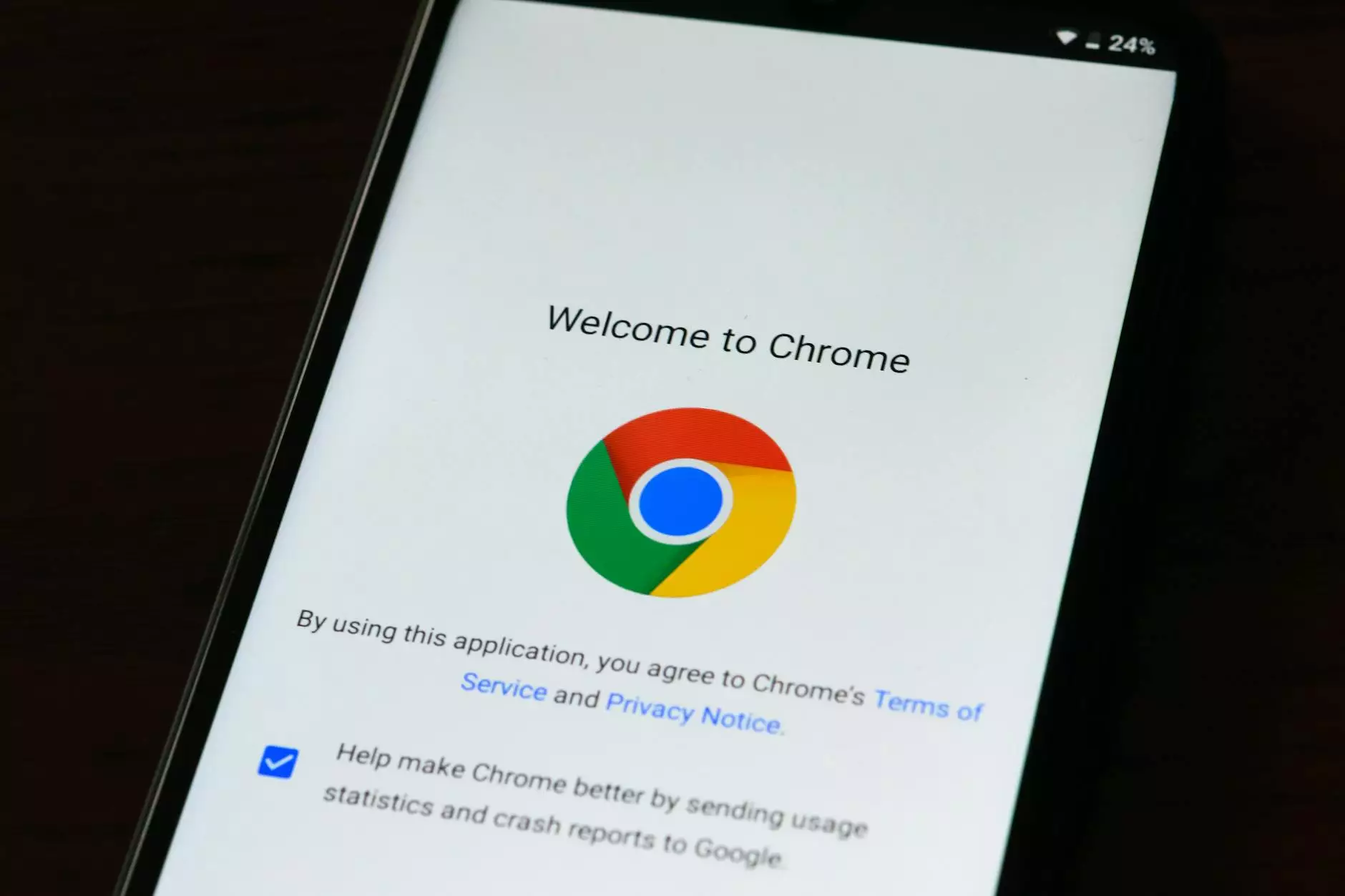Single-page Website Design vs. Multi-page Website Design
Blog
Introduction
In the world of website design, choosing between a single-page design and a multi-page design can have a significant impact on your business's online presence and ultimately its success. At Simply SEO, we understand the importance of making informed decisions when it comes to your website's structure. In this article, we will explore the differences between single-page and multi-page website designs, discussing the advantages, disadvantages, and best practices associated with each.
Advantages of Single-page Website Design
- Simplified User Experience: One of the key advantages of a single-page website design is its simplified user experience. By having all the content on a single page, users can easily navigate through the information without the need to click on various links and wait for multiple pages to load.
- Engaging and Interactive: Single-page designs often leverage modern web technologies and creative designs to provide engaging and interactive experiences for users. This can leave a lasting impression and increase user engagement.
- Mobile-Friendly: With the growing number of mobile users, single-page designs are often optimized for mobile devices, ensuring a seamless and user-friendly experience across different screen sizes.
- Effective Storytelling: Single-page designs allow businesses to showcase their products or services in a linear and narrative manner, enabling effective storytelling to resonate with their target audience.
Disadvantages of Single-page Website Design
- SEO Limitations: Single-page designs often lack the opportunity to target multiple keywords and optimize individual pages for specific search queries. This can pose challenges in capturing a wider organic search audience.
- Loading Time: As single-page designs tend to have all the content in one file, it can lead to longer loading times, especially if the website contains large media files or animations.
- Content Organization: Organizing a large amount of content within a single page can be challenging, and without proper structuring, it may become overwhelming for users.
- Scalability: If your business expands and needs to add more content or features over time, a single-page design may not offer the scalability required to accommodate future growth.
Advantages of Multi-page Website Design
- Enhanced SEO Opportunities: Multi-page designs provide greater flexibility to target specific keywords and optimize individual pages for better search engine visibility. This can potentially attract a larger organic search audience.
- Improved Content Organization: With multiple pages, organizing and categorizing content becomes more manageable, allowing users to navigate through the site easily and find the information they need.
- Scalability and Flexibility: Multi-page designs are highly scalable and can accommodate future growth and expansion. It allows businesses to add new pages and sections as their products, services, or target audience evolve.
- Better Performance: Multi-page designs can improve loading times by distributing the content across various pages, reducing the amount of data loaded at once.
Disadvantages of Multi-page Website Design
- Complex Navigation: Multi-page designs may require users to navigate through different pages to access all the information they need, which can be frustrating if the navigation is not intuitive.
- Inconsistent User Experience: Each page in a multi-page design may have a different layout or design, potentially leading to an inconsistent user experience throughout the website.
- Redundancy: Duplicate content can become an issue when not handled properly in multi-page designs. Search engines may penalize websites for having identical or thin content across multiple pages.
Best Practices for Website Design and SEO
When deciding between single-page and multi-page website designs, it's crucial to consider the following best practices to enhance your SEO:
1. Content Strategy:
Create a well-defined content strategy that aligns with your business goals and target audience. This will ensure you have sufficient content to support either a single-page or multi-page design.
2. Keyword Research:
Conduct thorough keyword research to identify relevant keywords and phrases that your target audience is searching for. This will help you optimize your content for better search engine rankings.
3. User Experience (UX):
Regardless of the design choice, prioritize a seamless and intuitive user experience. Keep your website easy to navigate, visually appealing, and accessible across different devices.
4. Mobile Optimization:
With the increasing number of mobile users, ensure your website is mobile-friendly and optimized for different screen sizes. This will improve both user experience and search engine rankings.
5. Internal Linking:
Implement a comprehensive internal linking strategy to connect relevant pages within your website. This helps search engines understand the structure and hierarchy of your content.
6. Website Speed:
Aim for fast loading times by optimizing images, minifying code, and utilizing caching techniques. This can positively impact user experience and search engine rankings.
7. Social Media Integration:
Integrate social media sharing buttons and encourage users to share your content across various platforms. This can increase your website's visibility and generate social signals that can positively impact SEO.
8. Regularly Update and Refresh Content:
Maintain your website by regularly adding fresh and valuable content. This shows search engines that your website is active and can contribute to improved search rankings over time.
By following the best practices and considering the advantages and disadvantages of both single-page and multi-page website designs, you can make an informed decision that aligns with your business objectives. At Simply SEO, we specialize in helping businesses achieve their online goals by providing high-quality SEO services tailored to their unique needs. Contact us today to discuss how we can assist you in optimizing your website's visibility and driving organic traffic.










